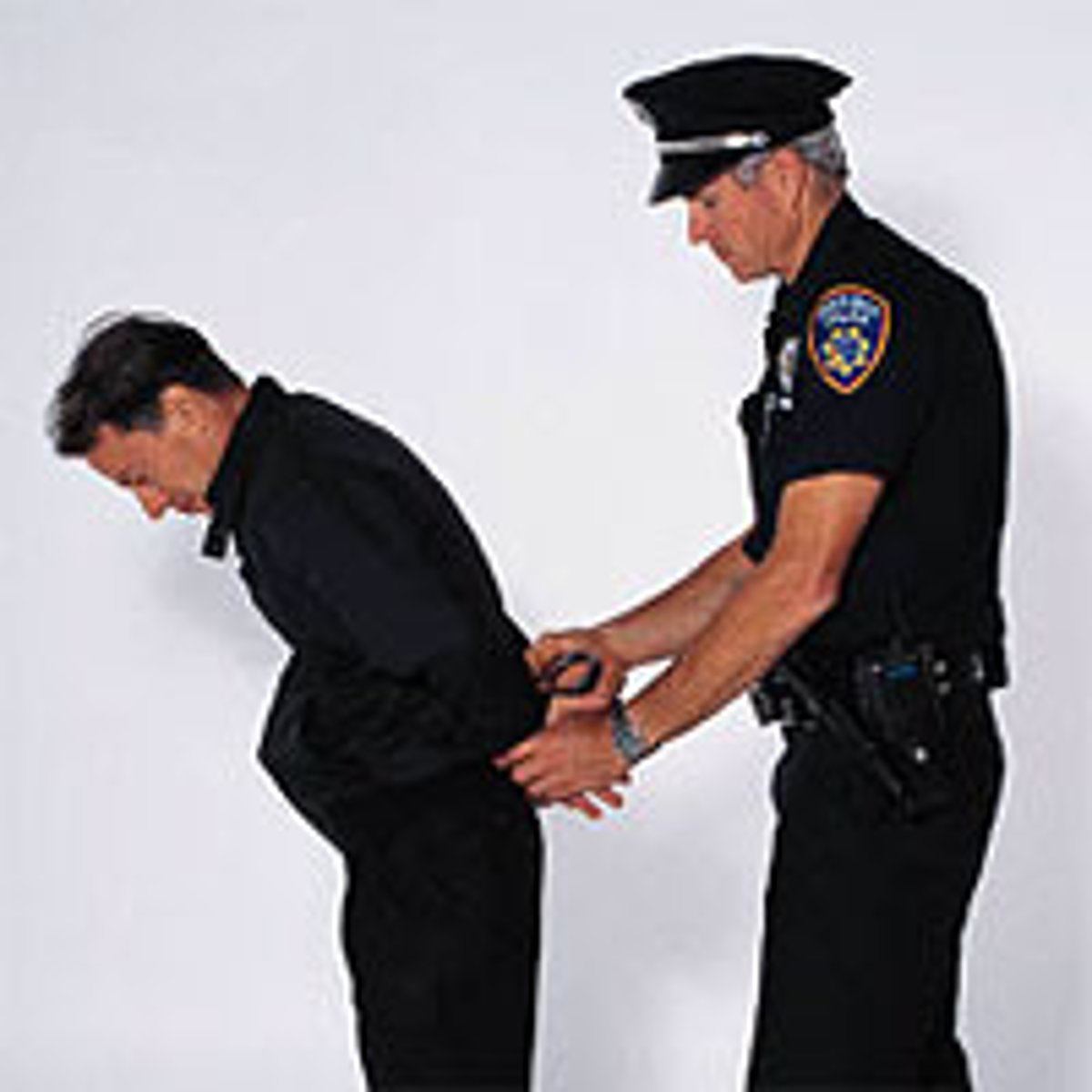American Government: power and purpose chapter 4
1/84
There's no tags or description
Looks like no tags are added yet.
Name | Mastery | Learn | Test | Matching | Spaced |
|---|
No study sessions yet.
85 Terms
civil liberties
the protections of citizens from improper governmental action
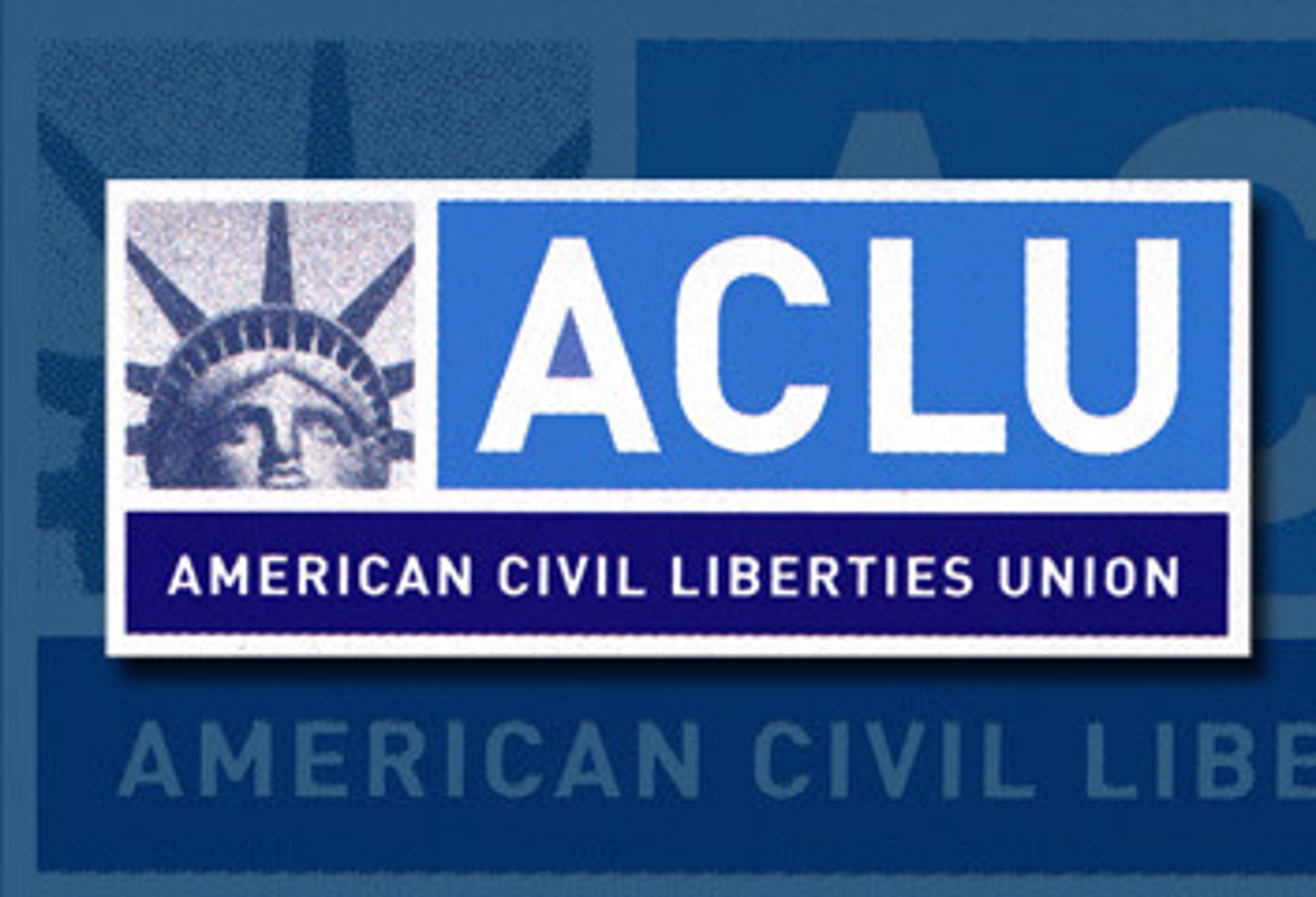
civil rights
The legal or moral claims that citizens are entitled to make on the government
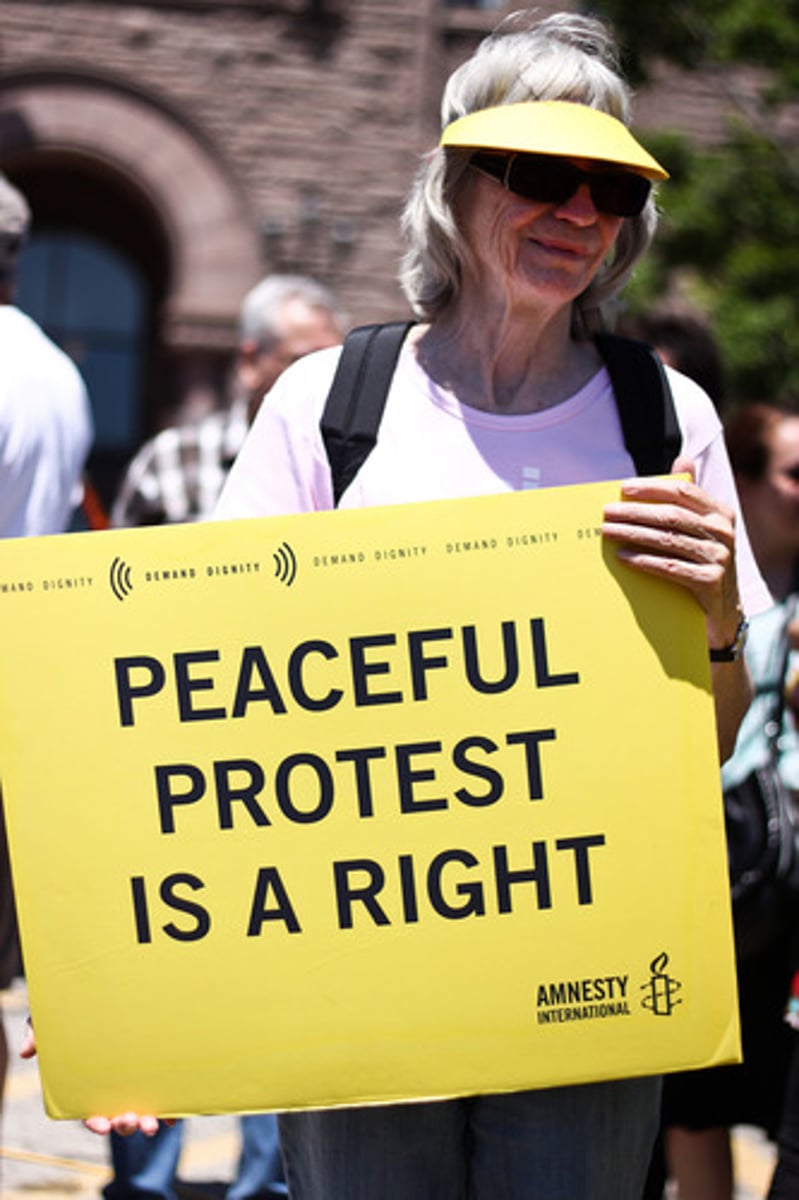
strict scrutiny
the most stringent standard of judicial review of a gov'ts actions in which the gov't must show that the law serves a "compelling state interest"
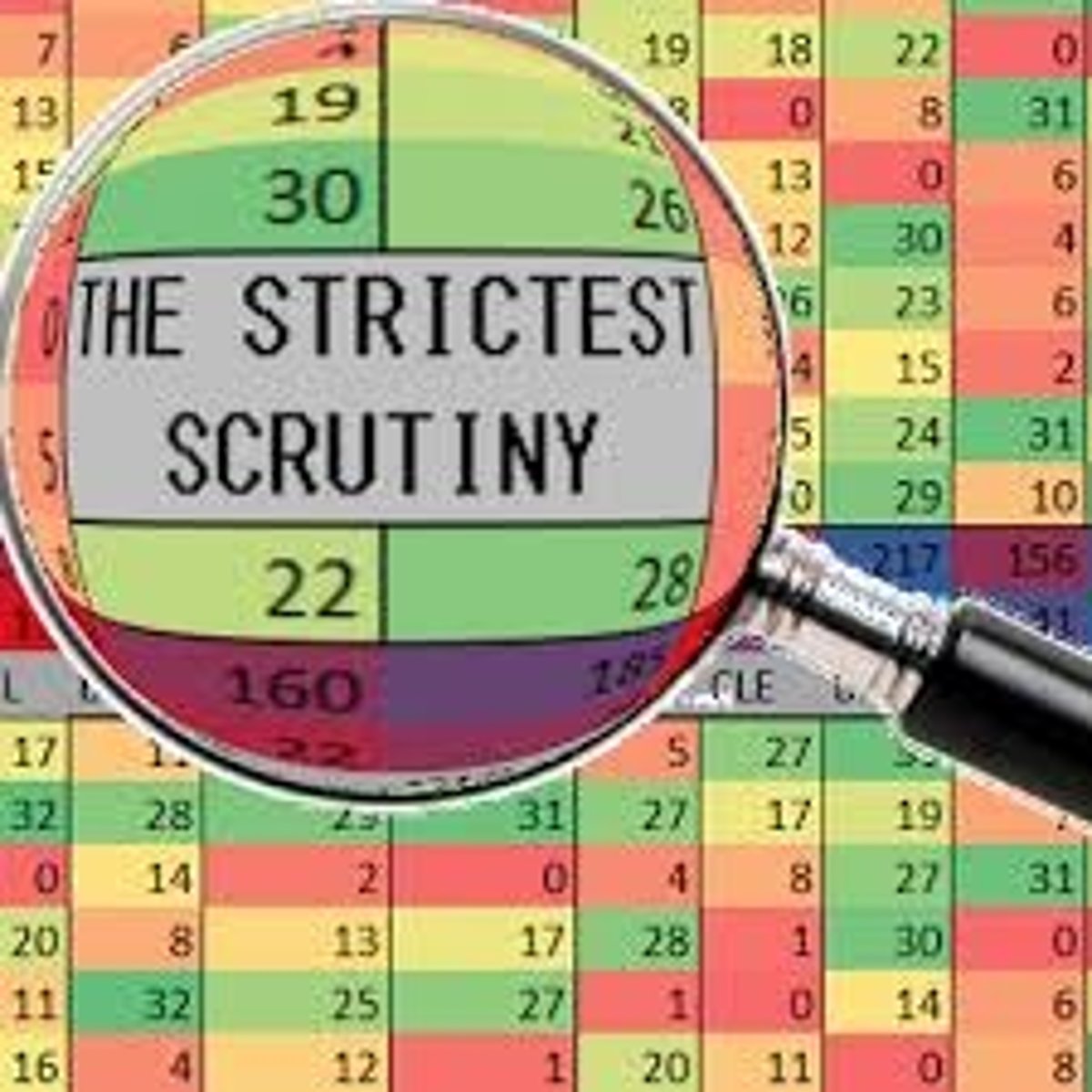
Lemon test
Rule articulating in Lemon vs. Kurtzman according to which gov'tal action in respect to religion is permissible if it is secular in purpose, does not lead to "excessive entanglement" with religion, and neither promotes nor inhibits the practice of religion
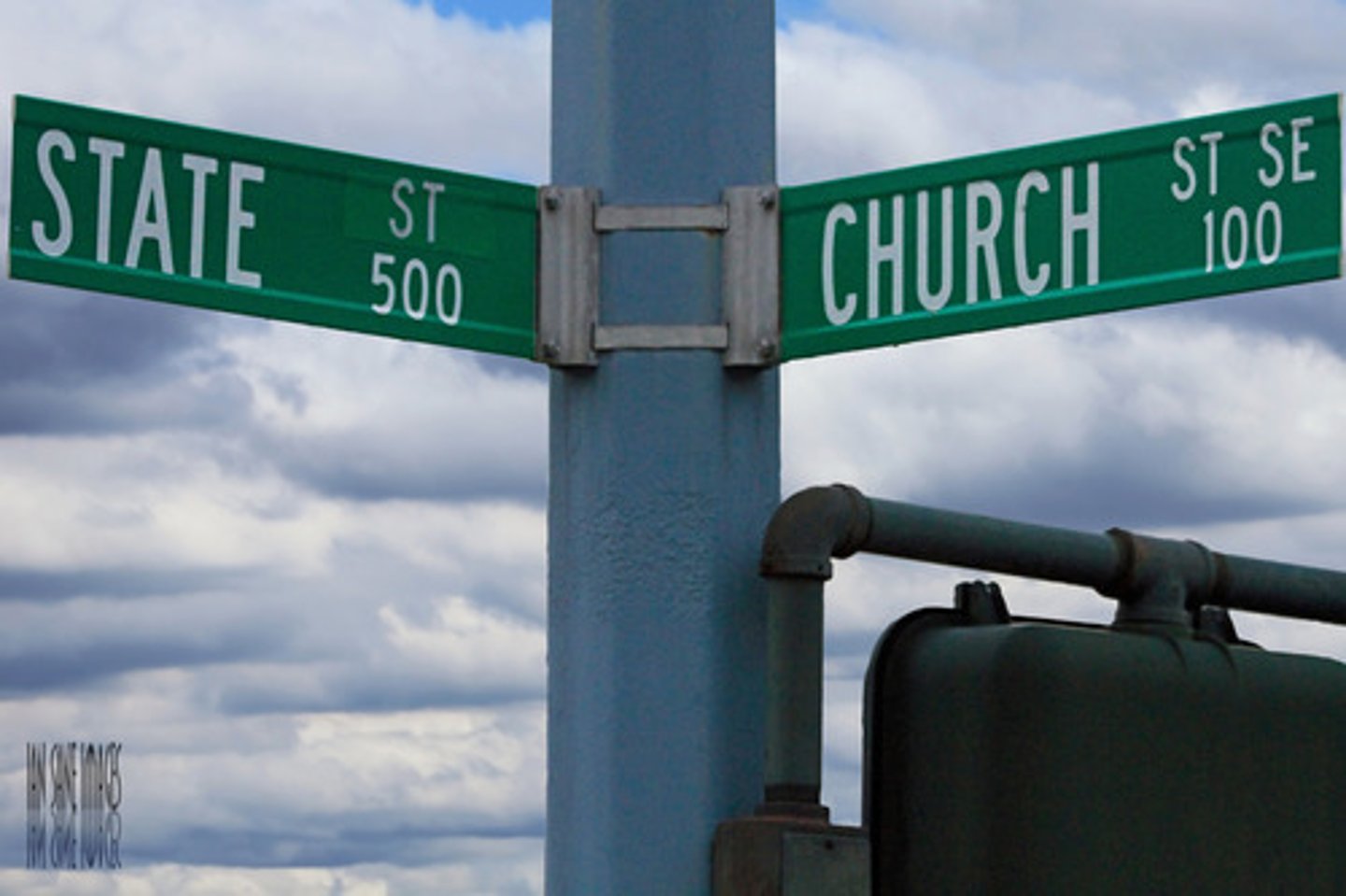
Free Exercise Clause
the 1st amendment clause that protects a citizen's right to beleive and practice whatever religion they choose
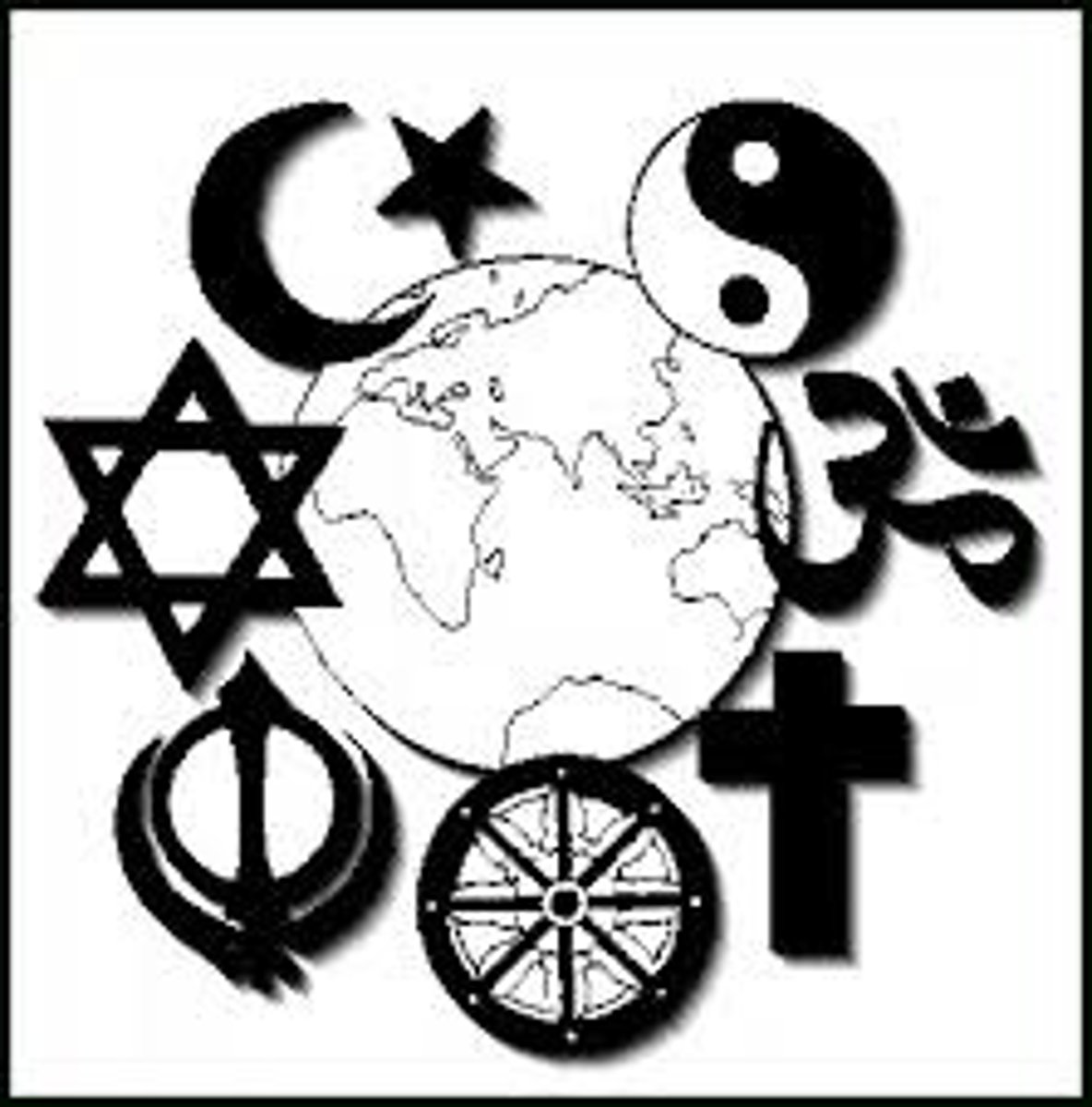
Clear and present danger
The crtiterion formerly used to determine whether speech is protected or unprotected, based on its capacity to present a "clear and present danger" to society
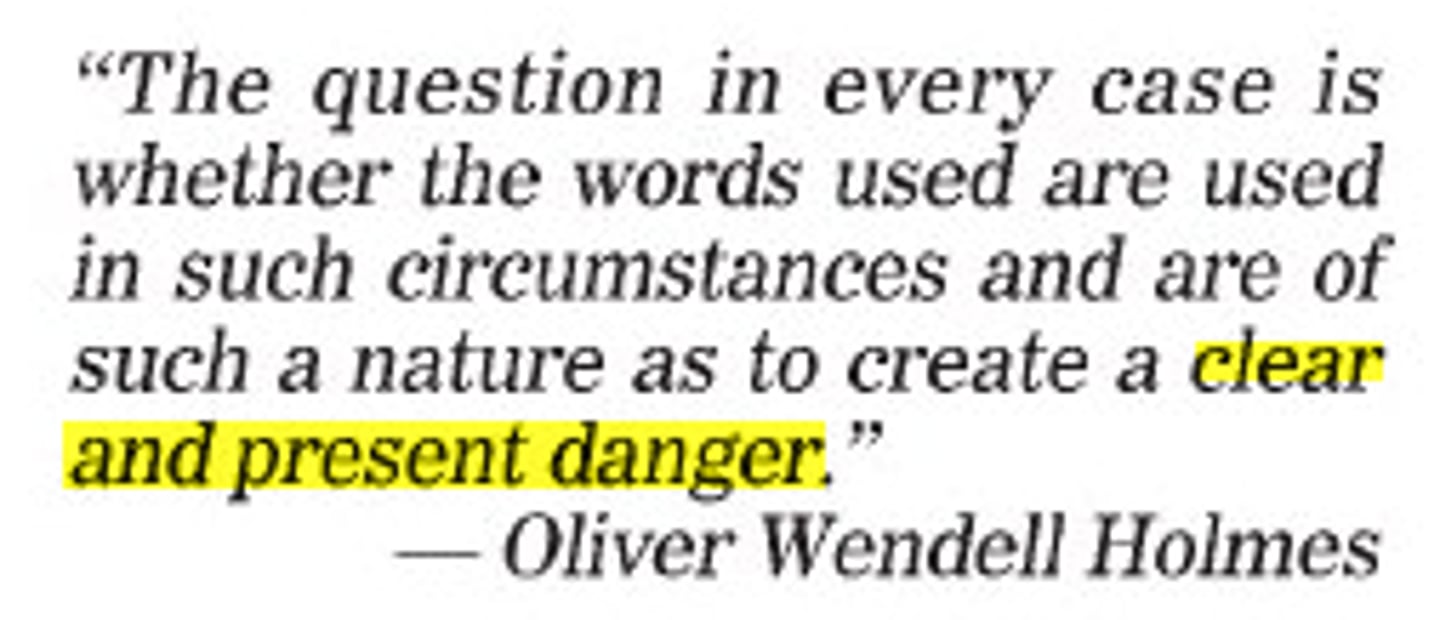
Speech plus
Speech-accompanied activities such as sit-ins, picketing, and demonstrations. Protection of this form of speech under the 1st amendment is conditional, and restrictions imposed by state or local authorities are acceptable if properly balanced by considerations of public order
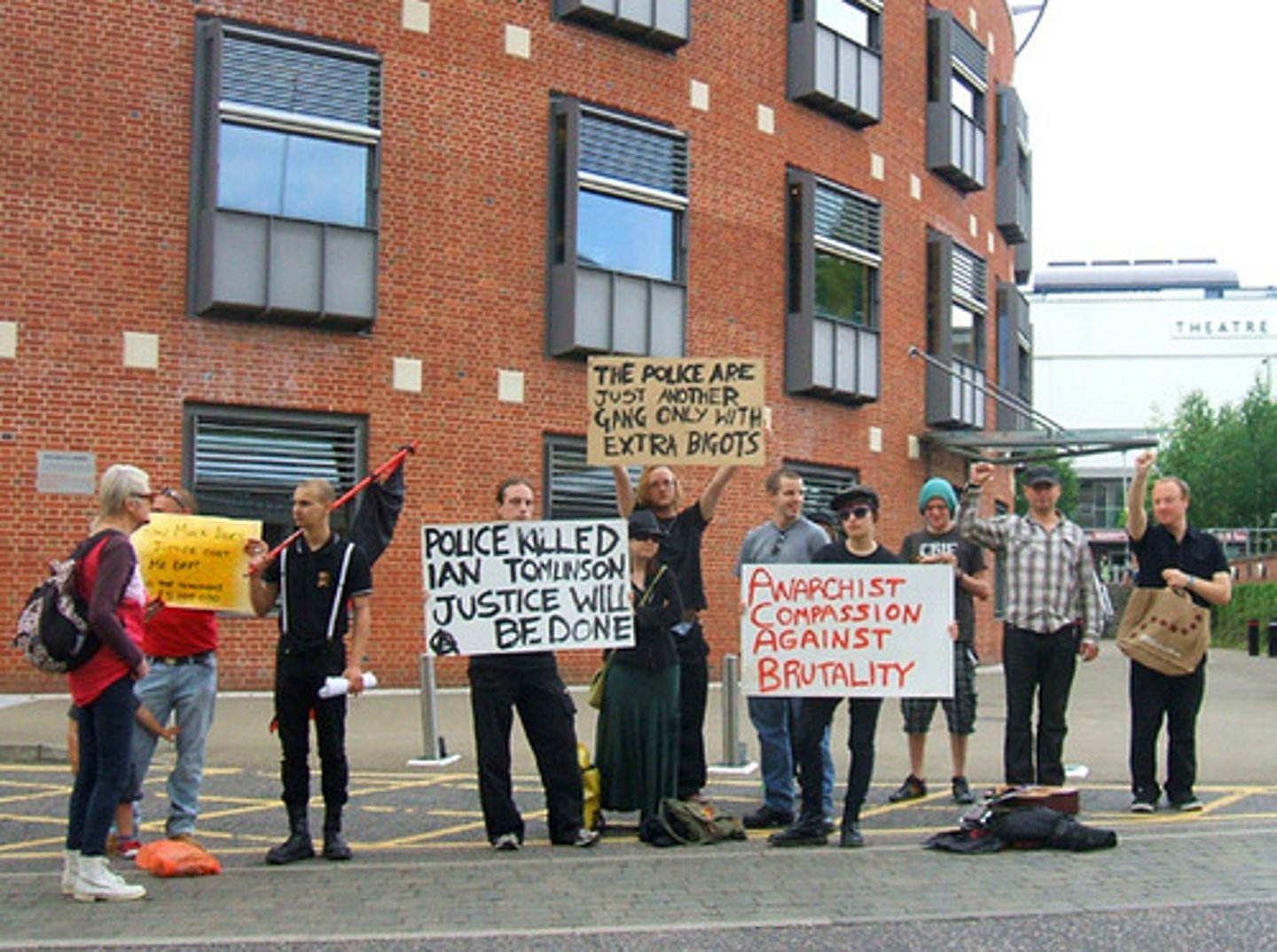
Prior restraint
an effort by gov't agency to block the publication of material it deems libelous or harmful in some other way: Censorship. In the US, the courts forbid prior restraint except under the most extraordinary circumstances
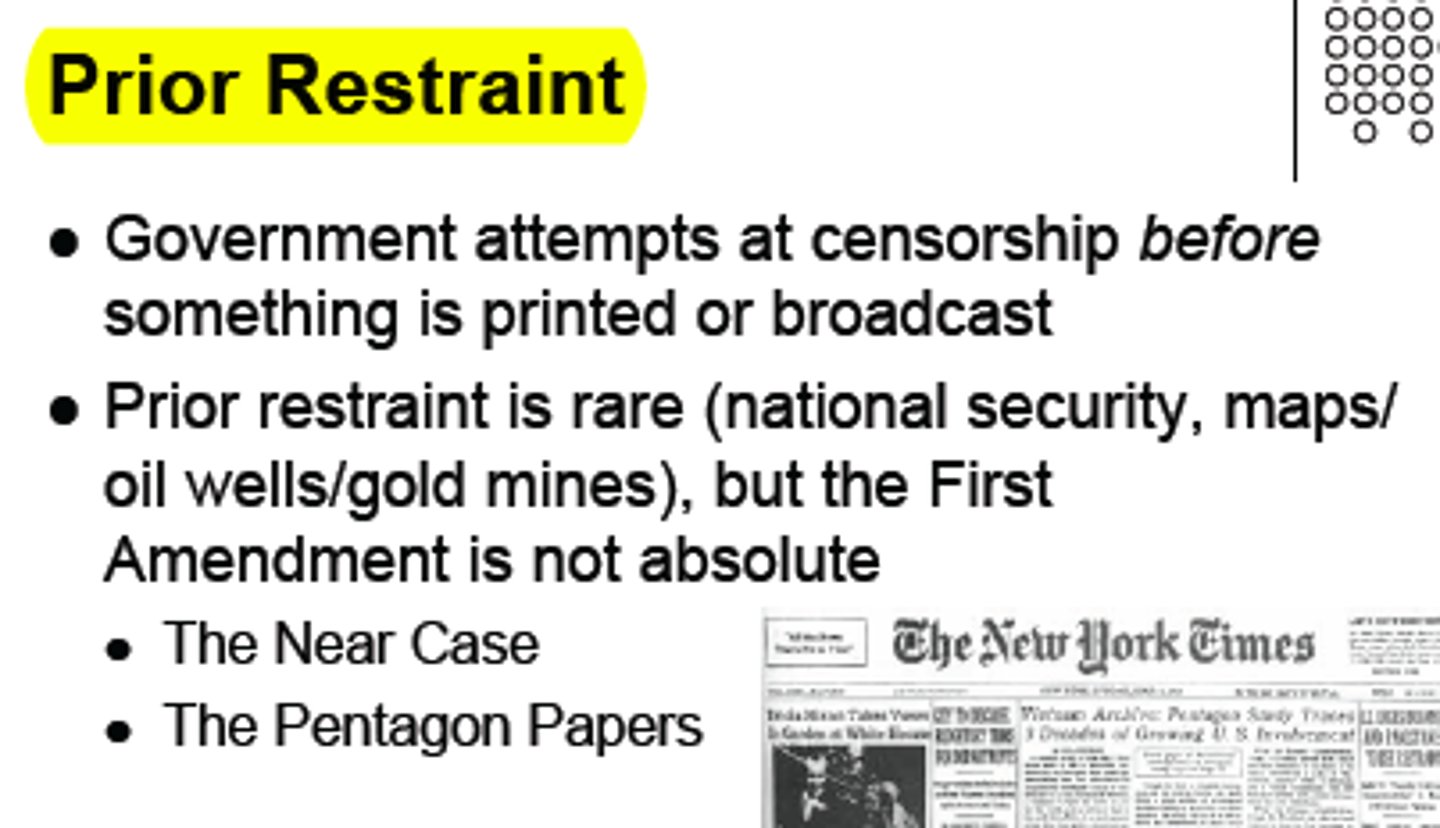
Libel
A written statement made in "reckless disregard of the truth" and considered damaging to a victim because it is "malicious, scandalous and defamatory"
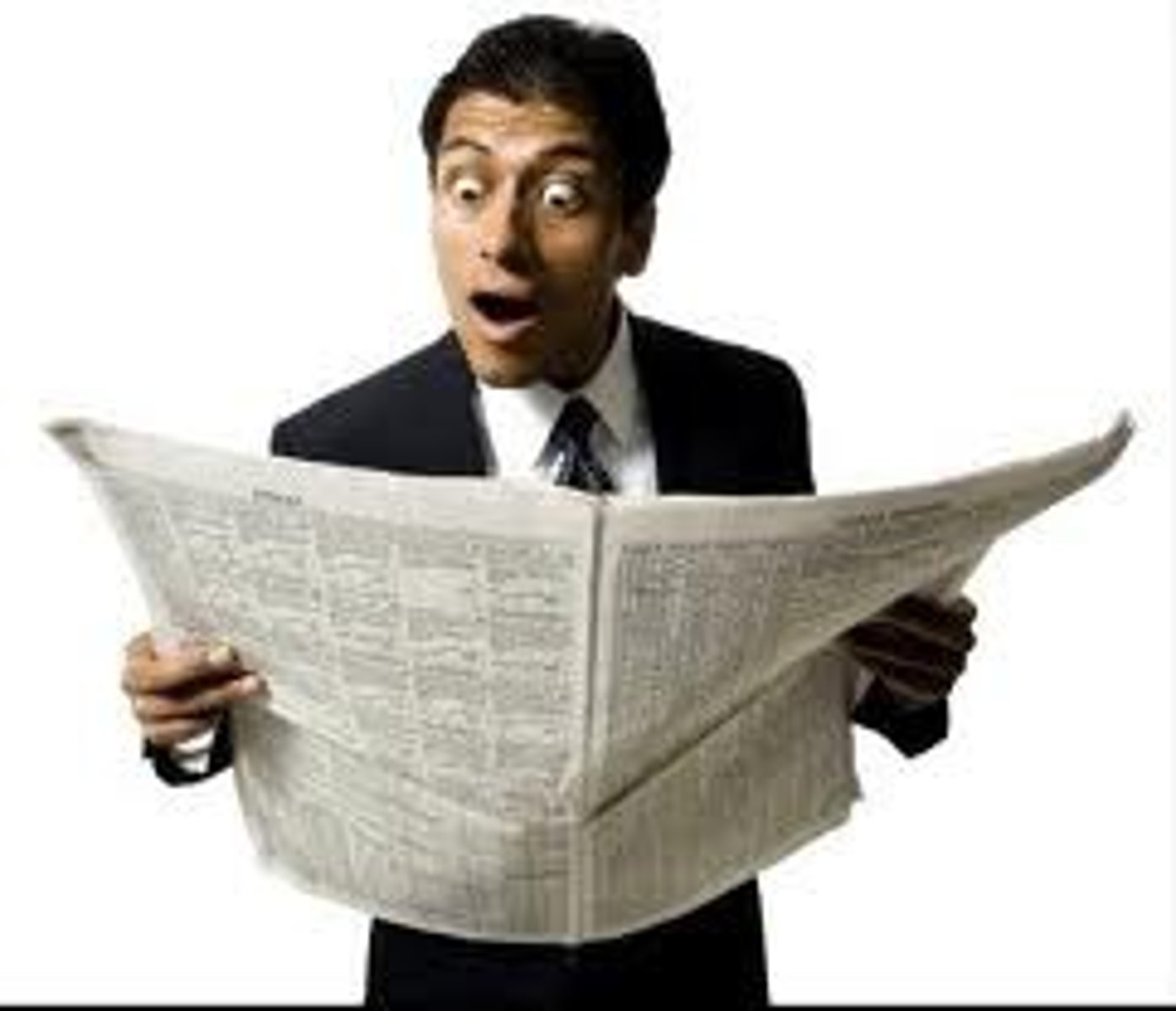
Fighting words
Speech that directly incites damaging conduct
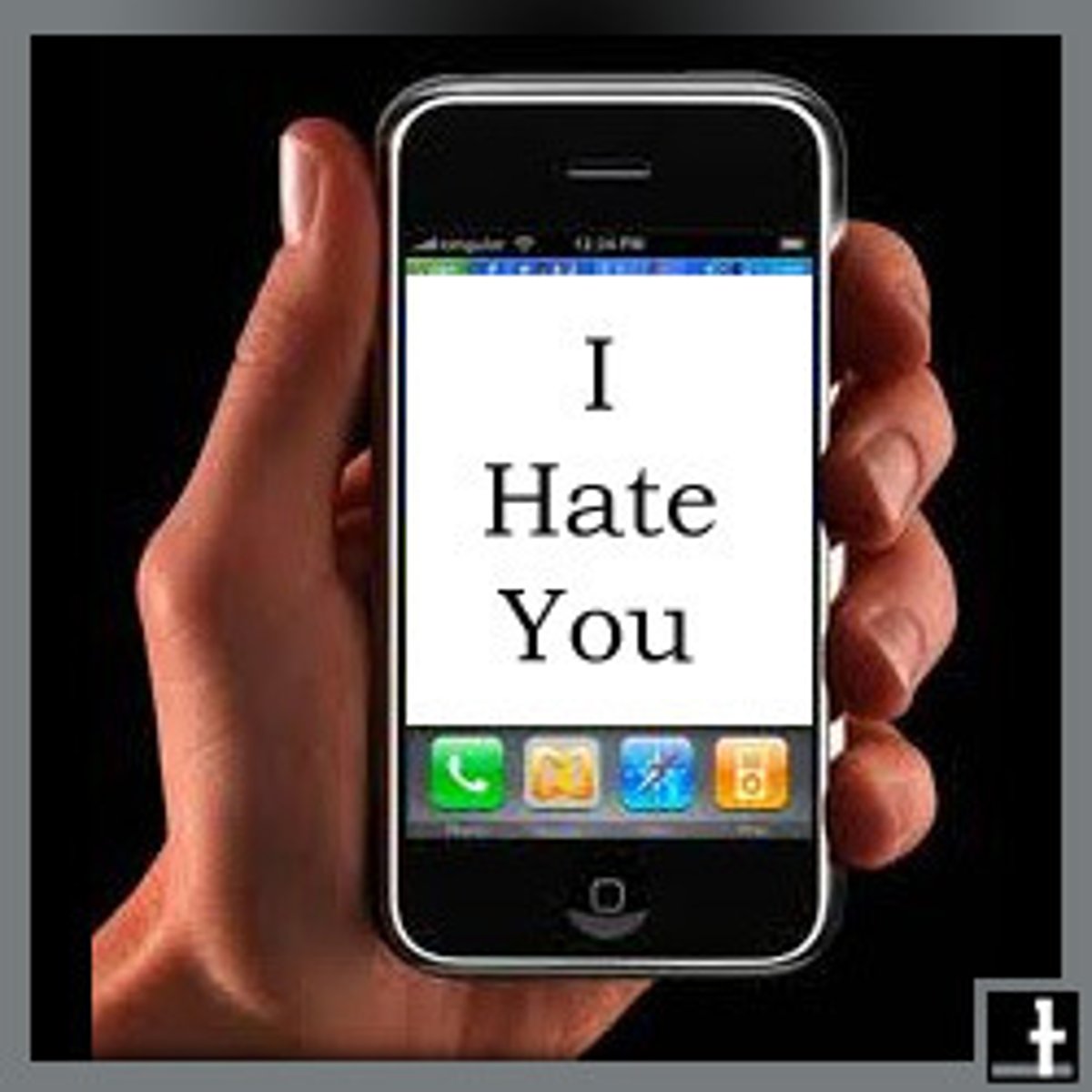
Due process
Proceeding according to law and with adequate protection for individual rights
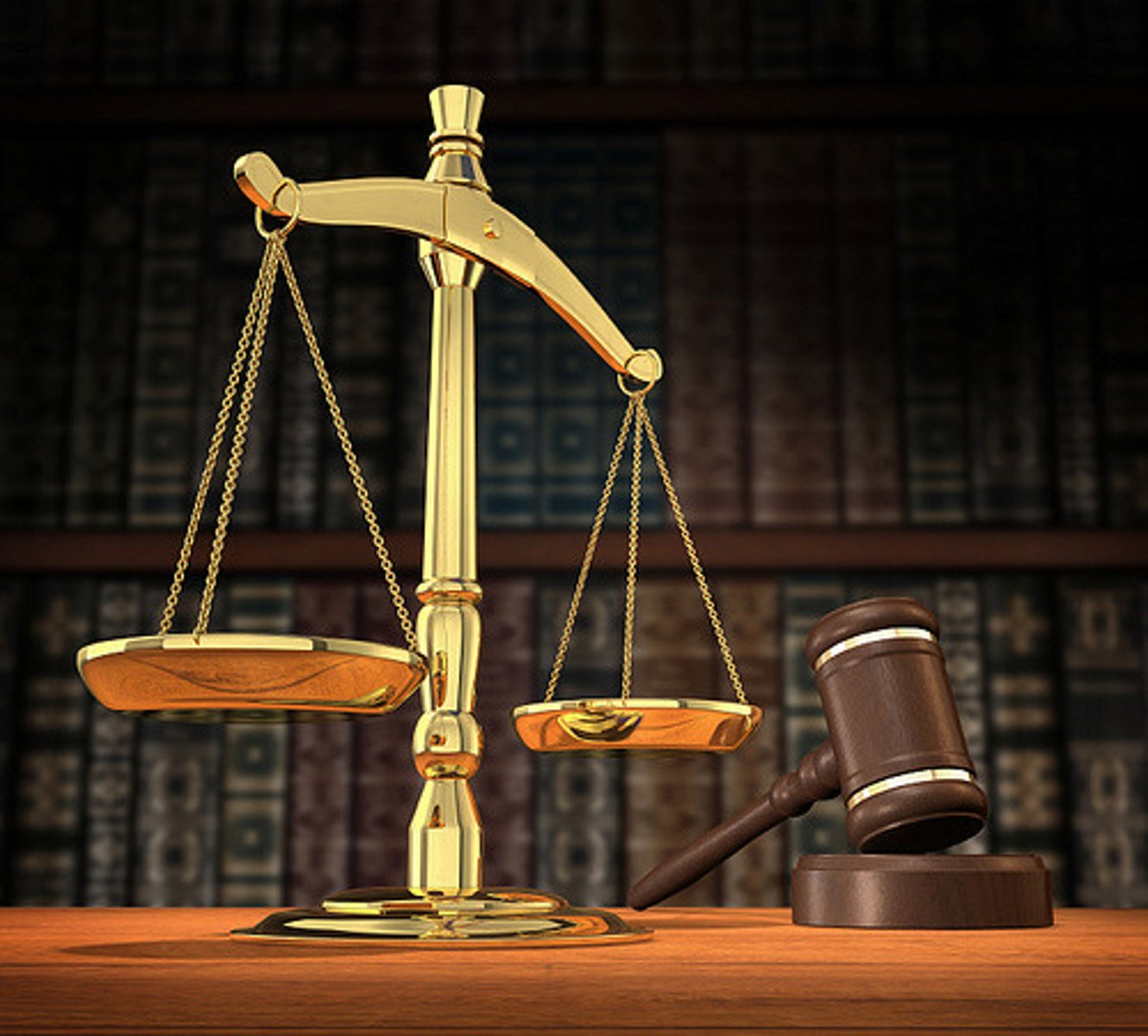
exclusionary rule
the ability of courts to exclude evidence obtained in violation of the 4th amendment
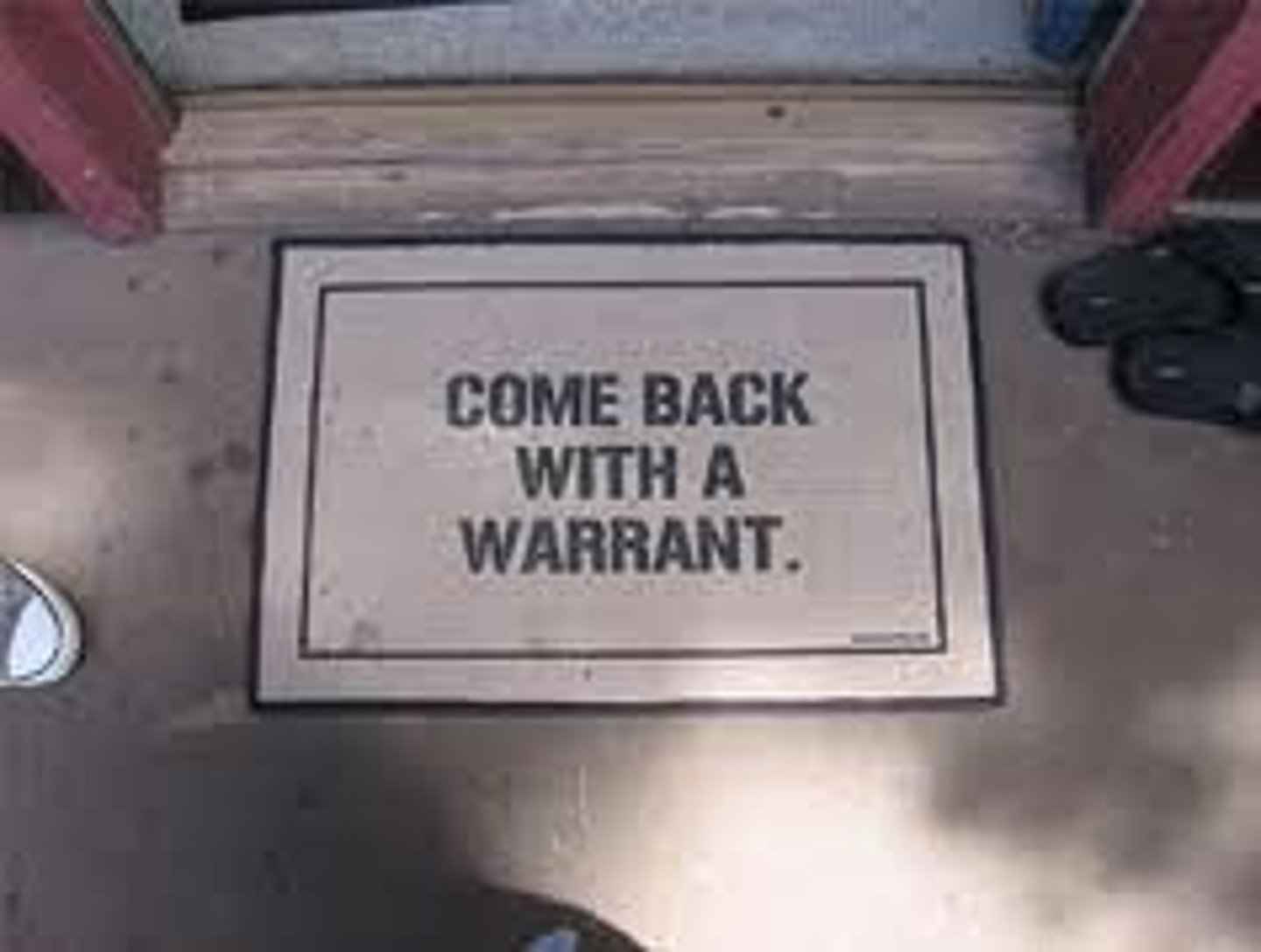
Grand jury
A jury that determines whether sufficient evidence is avaliable to justify a trial. Grand juries do not rule on the accused's guilt or innocence
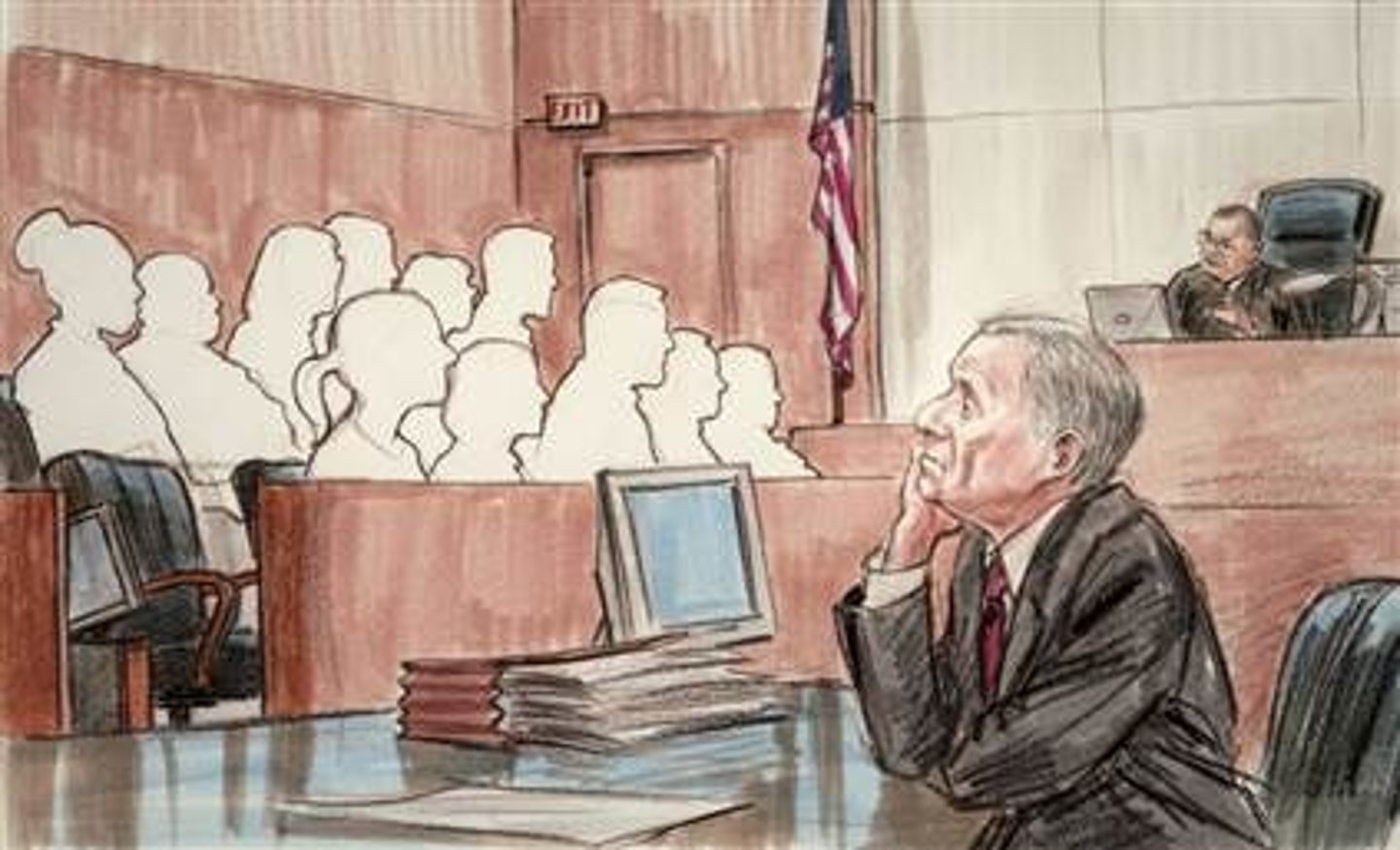
Double Jeopardy
The fifth amendment right providing that a person cannot be tried twice for the same crime
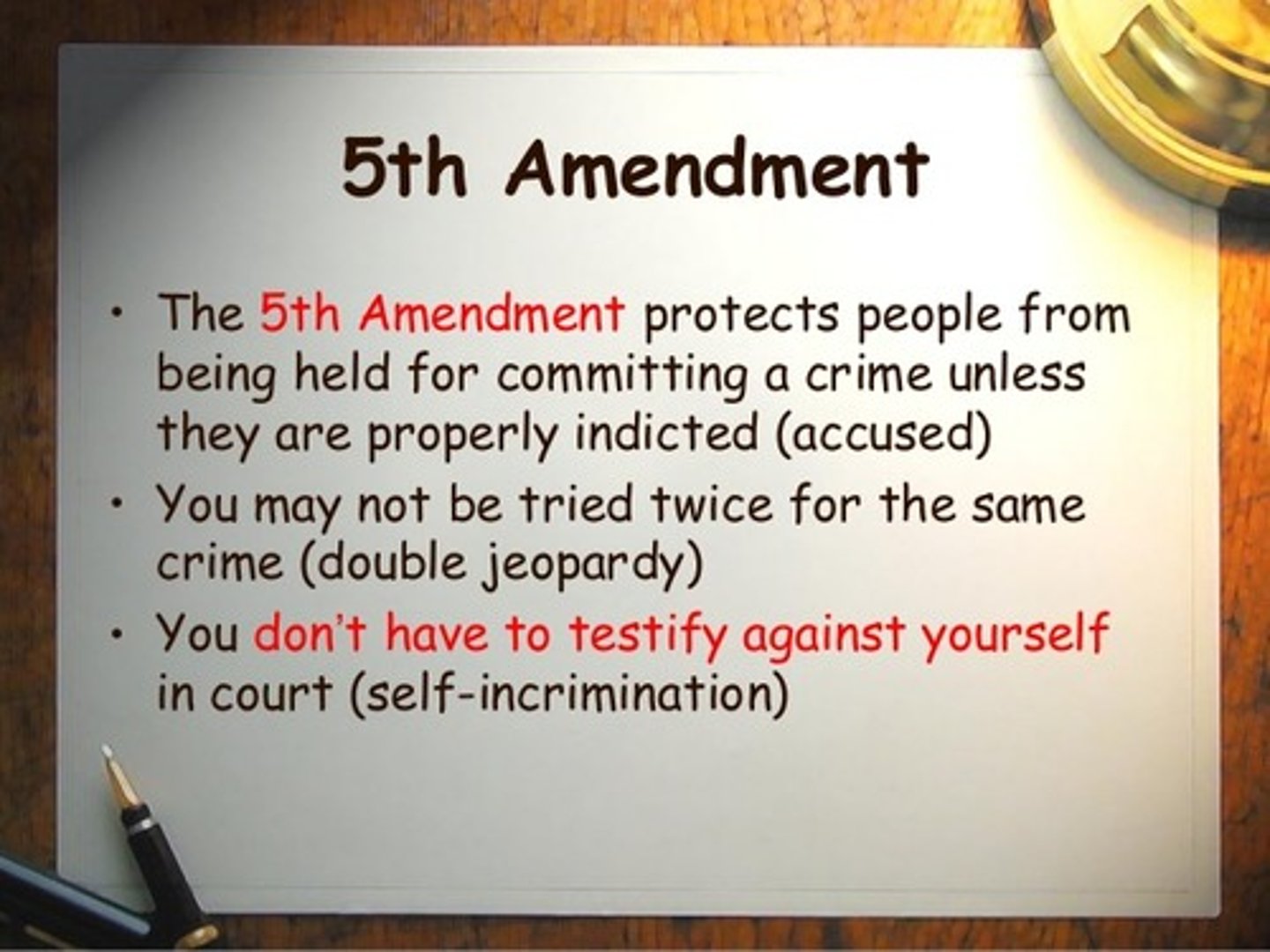
Equal protection clause
the provision of the 14th amendment guaranteeing citizens "the equal protection of the laws." This clause as been the basis for the civil rights of Africa Americans, women, and other groups
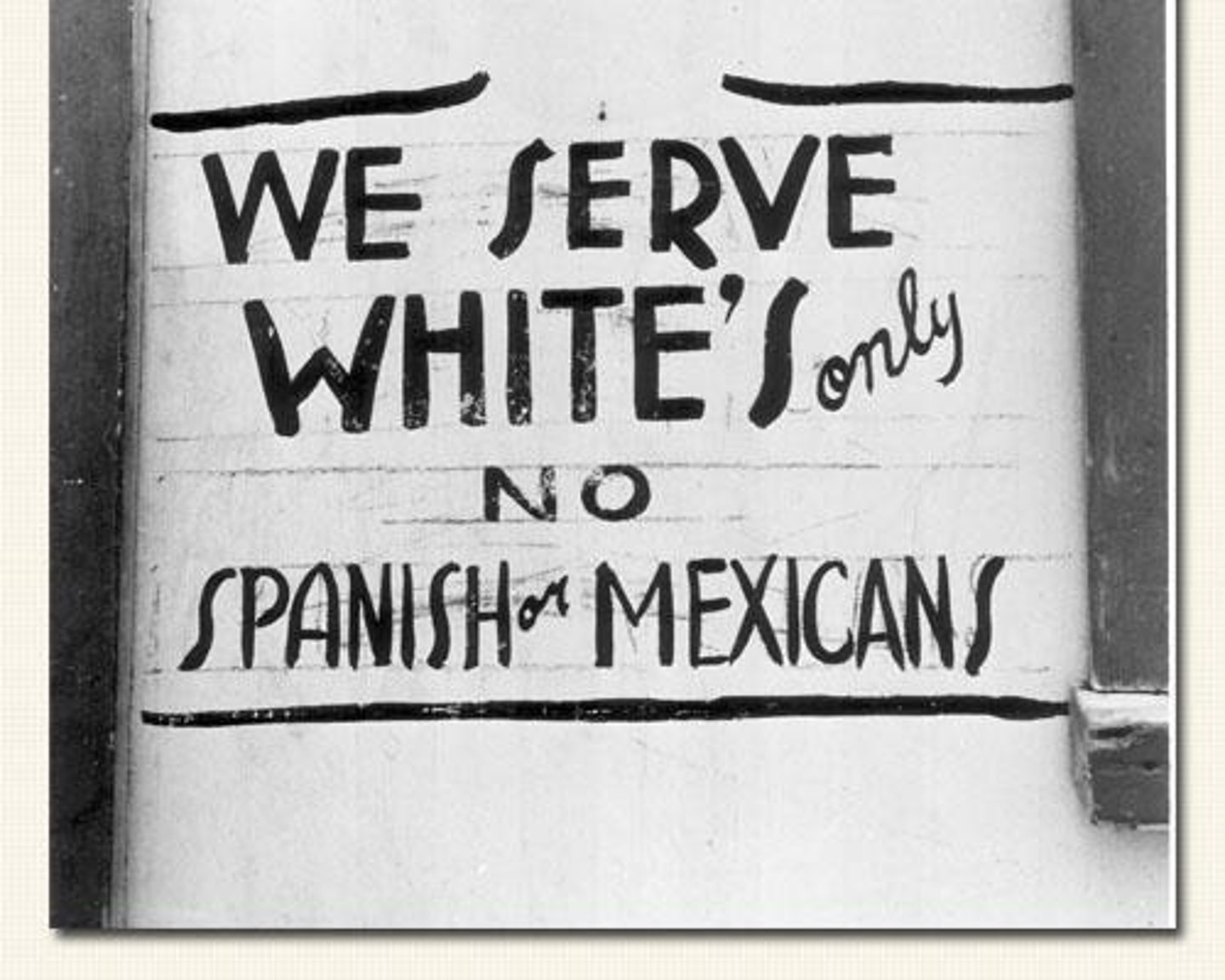
"Separate but equal" rule
The doctrine that public accommodations could be segragated by race but still be equal

de jure segregation
Racial segregation that is a direct result of law or official policy
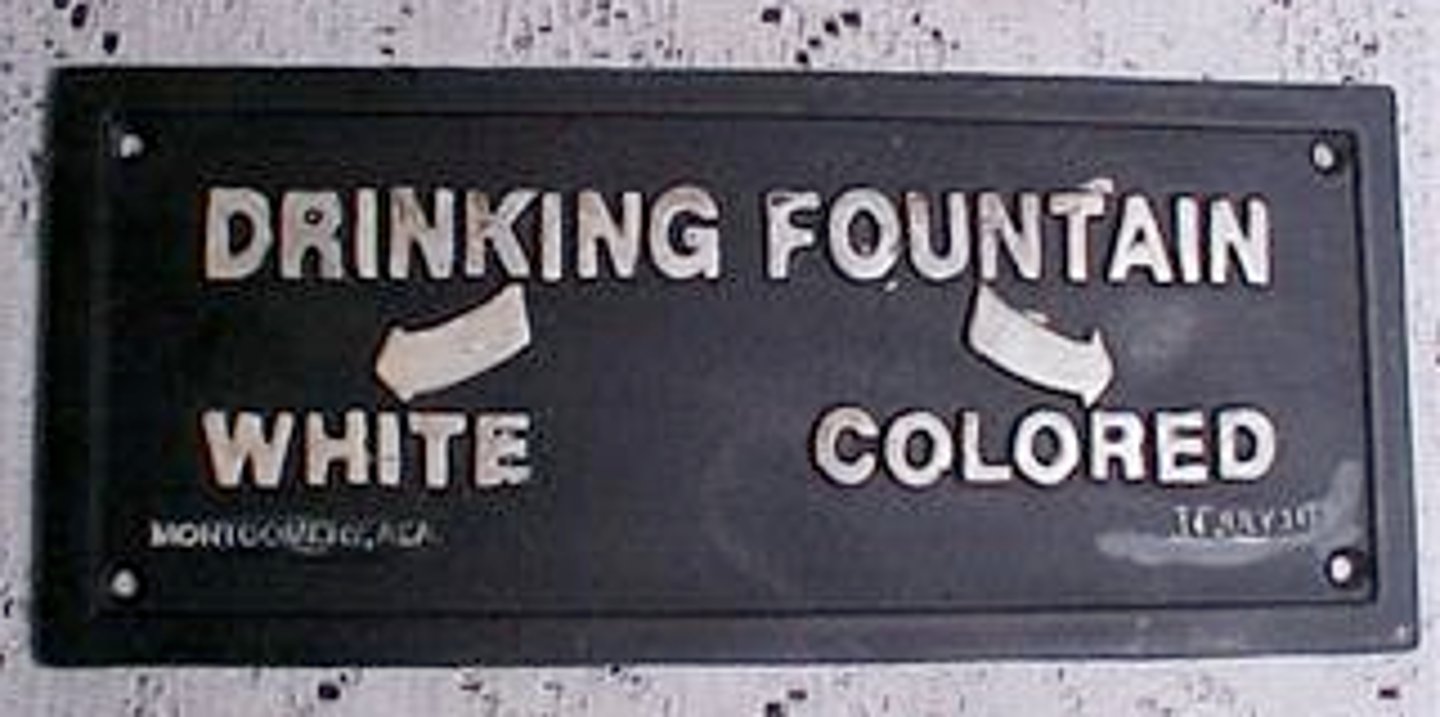
de facto segregation
Racial segregation that is not a direct result of law or gov't policy but is instead, a reflection of residential patterns, income distributions, or other social factors
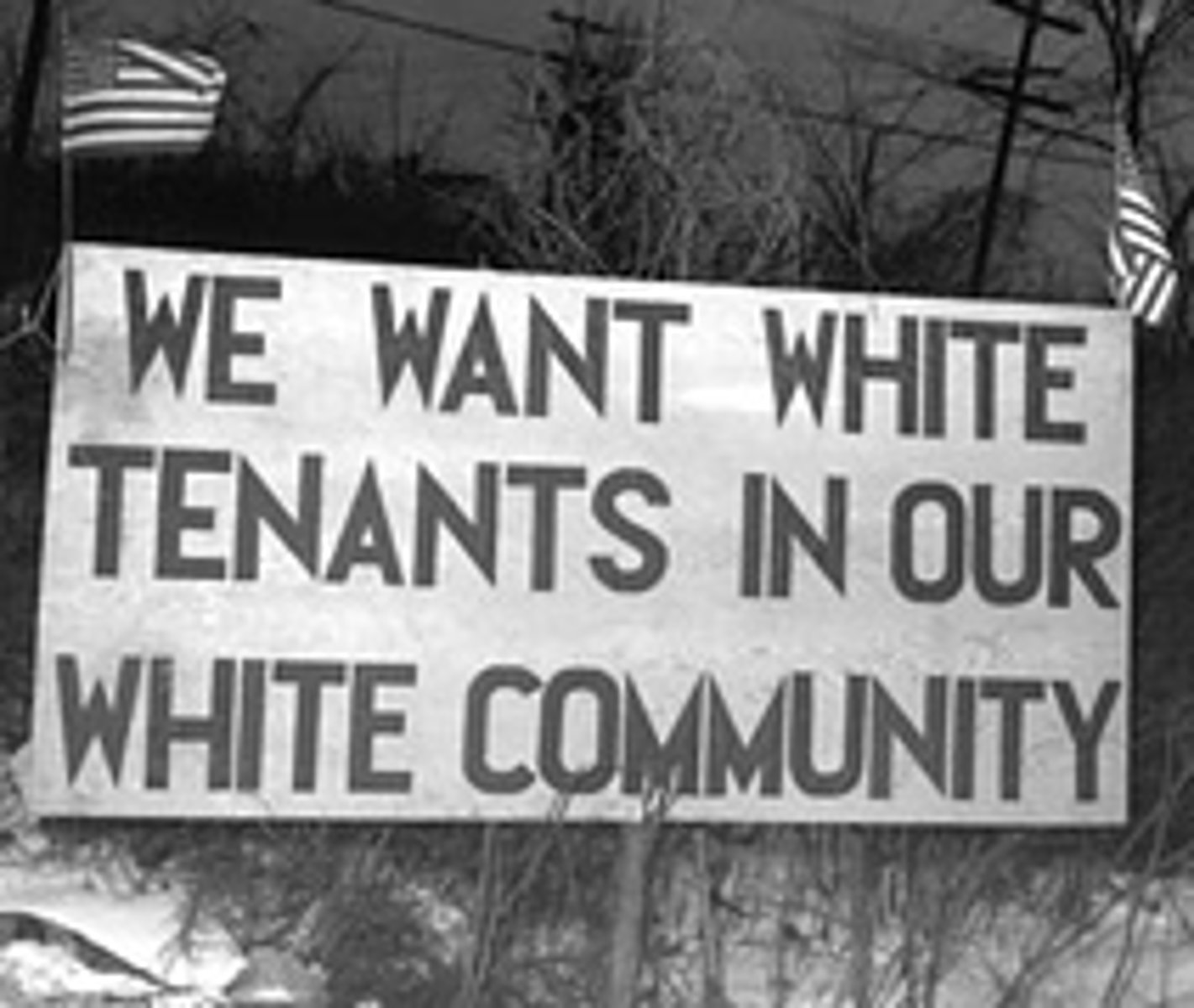
Affirmative action
A policy or program designed to redress historic injustices committed against specific groups by making special efforts to provide members of these groups with access to educational and employment opportunities

intermediate scrutiny
The test used by the Supreme Court in gender discrimination cases--places the burden of proof partially on the gov't and partially on the challenger to show that the law in question is constitutional.
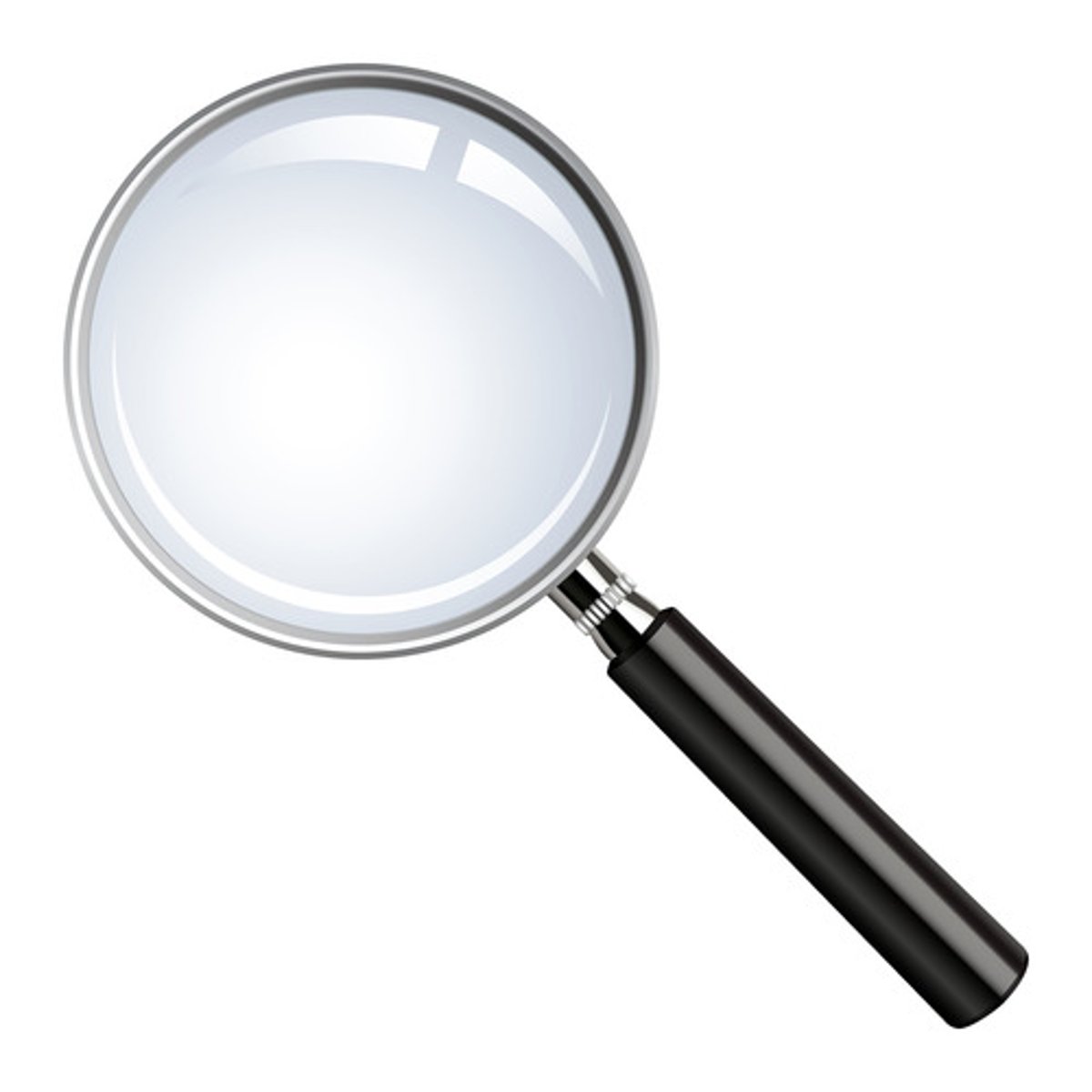
right to privacy
The right to be left alone, which as been interpreted by the Supreme Court to entail individual access to birth control and abortions.
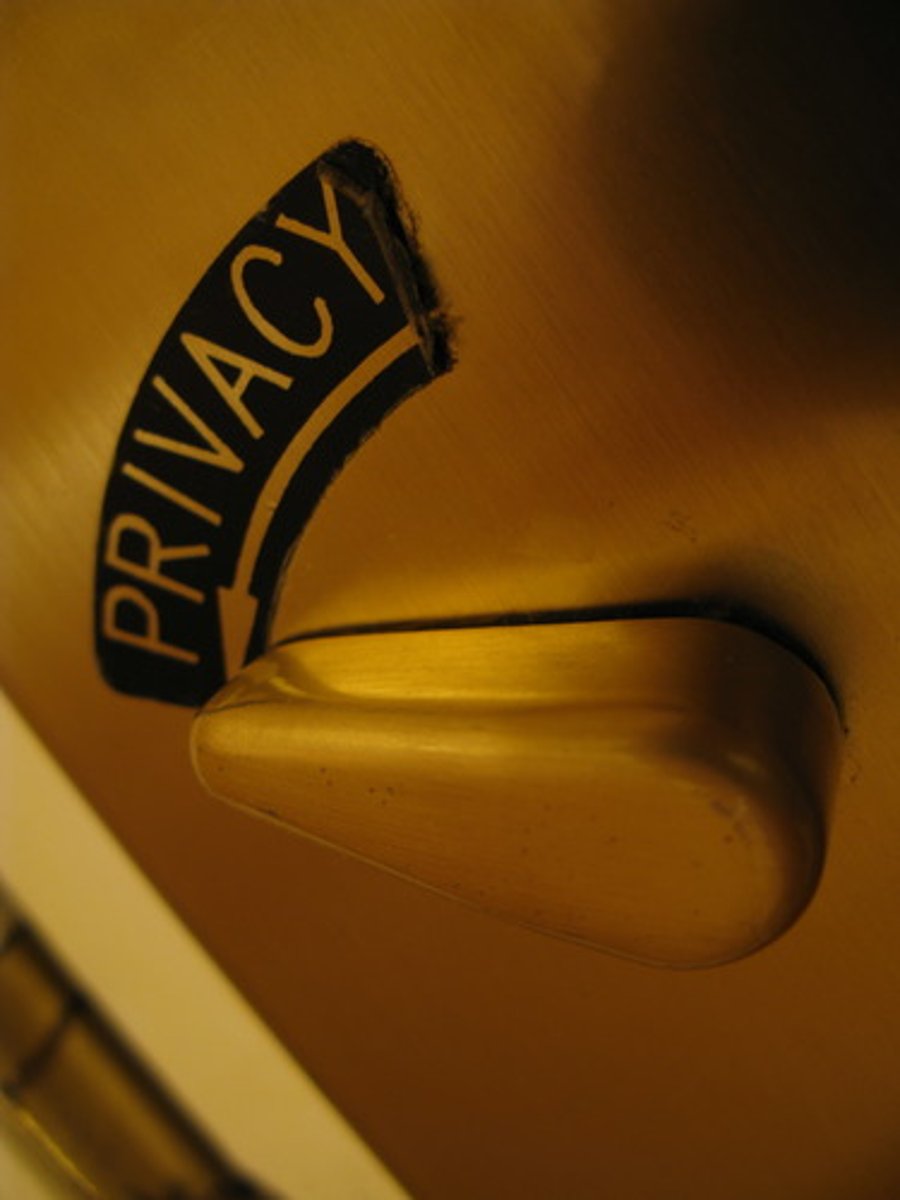
slander
An oral statement made in "reckless disregard of the truth" and considered damaging to a victim because it is "malicious, scandalous, and defamatory"
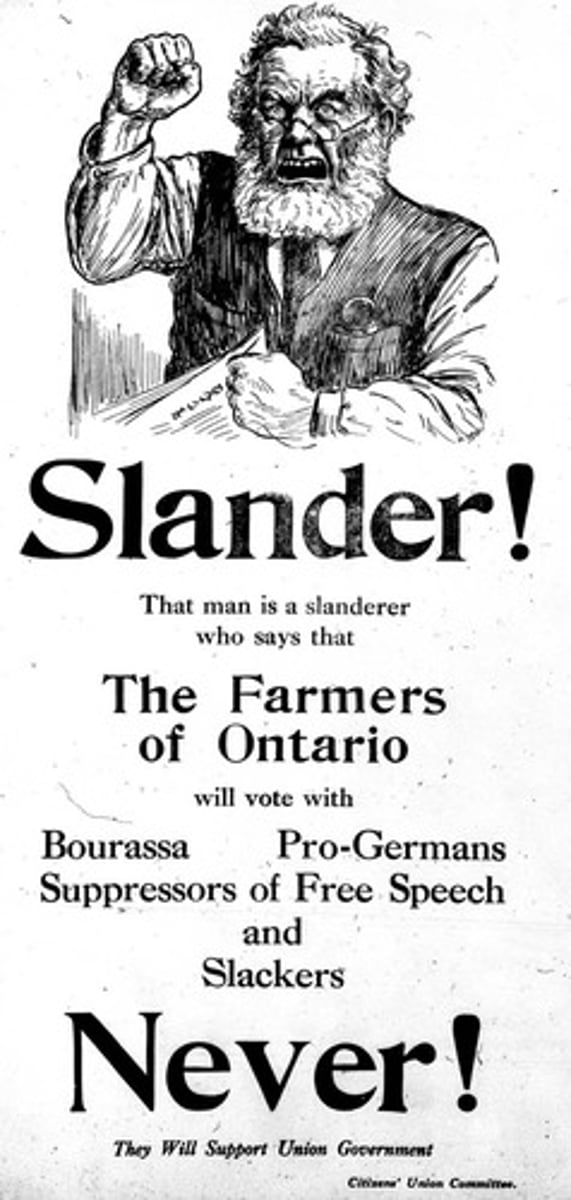
Miranda rule
The convention derived from the Supreme Court's 1966 ruling in the case of Miranda v. Arizona whereby persons under arrest must be informed of their legal rights, including their right to counsel, before undergoing police interrogation.
